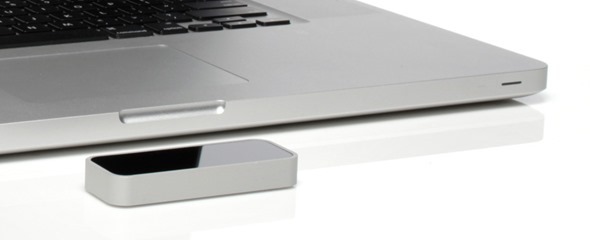While the user interfaces of technology found in futuristic TV shows and movies aren’t necessarily practical, but they can often be cool. One example of this is the interactive UI of the computer in Minority Report, a movie in which mutated humans are able to predict – and thus, prevent – crimes from happening. The film is set in the year 2054, so obviously the computer that they’re using must consist of what appears to be either a fairly translucent screen or hologram, and a UI that’s manipulated by hand and finger gestures.

So, if you’re into working with your computer by waving your hands around and pinching, then a device has been created that will enable you to do just that. Dubbed the Leap, it is touted as the most accurate 3D motion-tracking technology out on the market; an impressive demo video has convinced me that it is at least a very worthy contender in the space (which is mainly associated with Microsoft’s Kinect when you think of the consumer applications of the technology).
"I believe the Leap is the future of how people will interact with their devices,” says Bill Warner, founder of Avid Technology and one of Leap Motion’s investors, in a press release. “What’s previously been an expensive special effect in movies is now an affordable everyday reality, in full 3-D. With the Leap, you use both hands and all 10 fingers to work within your computer’s virtual environment just as easily as you do in the real world.”
So, while the technology is rather impressive in a demo setting, is this actually an interaction medium that people would enjoy using in practical scenarios? It’s tough to say. Microsoft has utilized 3D motion control technology quite well in the Kinect, implementing it in a fitting device (one for gaming) where people can make good use of the technology. However, for the same reason that touch all-in-one PCs aren’t outselling tablets, this won’t take off: I don’t think that people want to use their PCs by holding their arms out towards it.

But, on the other hand, there are many other use cases for this. Perhaps it could be useful for delivering presentations, for those new "smart TVs" that are Internet-ready. It’s rather hard to think of a scenario where this is a preferable medium of interacting with the device, but it’s definitely a cool one. And I think that many will purchase the device just for the novelty factor of it.
To pre-order yours now, simply head over to this link.
You can follow us on Twitter, add us to your circle on Google+ or like our Facebook page to keep yourself updated on all the latest from Microsoft, Google, Apple and the web.

